Difficulty: Novice
Time: 10-15 minutes per order
Cost: Free (potential savings: $3-20+ per order)
Ever opened your Uber Eats app, added some items to your cart, then stared at that final total wondering where all your money went? Those delivery fees, service charges, and marked-up prices can turn a simple meal into a budget-busting experience. But here's the thing—savvy users are finding legitimate ways to flip that script and score genuine freebies without breaking any rules.
The strategies that actually work aren't the sketchy account-gaming tricks you might see on social media. Instead, they're official programs, smart ordering tactics, and genuine relationship-building approaches that benefit everyone involved. Some users are earning everything from complimentary desserts to substantial credits, and the methods are surprisingly straightforward once you know what to look for.
The kindness approach that actually works
TikTok user Emma Boyd discovered something that restaurant owners genuinely value: authentic customer enthusiasm. When she ordered from Miss Chu, she wrote "I f**king love Miss Chu" in her order notes, according to Yahoo, and received a complimentary chocolate pudding with her meal.
Why this works: Restaurants operate on thin margins and high competition. A genuine compliment stands out from the usual delivery instructions and creates a positive moment in what's often a stressful service environment. From a business perspective, happy customers who express enthusiasm are more likely to become repeat customers and leave positive reviews—both valuable for restaurant growth.
Research shows that restaurants do give out free items across the platform, though Uber Eats couldn't quantify exactly how often this happens. Boyd's video gained over 40,000 views as users shared their own experiences trying this method.
However, results vary significantly based on timing and approach. According to Yahoo, some commenters claimed they'd left compliments for years without receiving anything free, while others worried that widespread adoption would eliminate the practice entirely.
When it works best: New restaurants seeking to build customer loyalty, slower periods when staff have more flexibility, and specific rather than generic praise (mentioning a particular dish you loved versus general compliments).
Earn cash for photos you're already taking
Uber Eats offers an official program that pays users $3 in UberCash when their submitted food photos get published, according to Yahoo. The process is straightforward: tap "Add Photos" on the rate order screen after your delivery arrives.
Why Uber Eats values this: User-generated photos help other customers make informed ordering decisions, reducing disputes and increasing satisfaction. High-quality food photos also help restaurants showcase their offerings more effectively, creating a win-win situation that justifies the $3 credit investment.
The key requirement is publication quality. As reported by the same source, photos need to be decent enough to actually get published. The approval process takes time—you won't know immediately whether your photos made the cut.
Photo success tips: Use natural lighting when possible, ensure the food looks appetizing and complete, include any sides or garnishes in the frame, and avoid cluttered backgrounds. Think about what would help you decide whether to order that dish.
Strategic savings that compound over time
The most successful users combine multiple legitimate approaches for maximum impact. The referral program provides credits when someone signs up with your code and places their first order, according to DroidHarvest. First-time user promotions offer substantial discounts ranging from cashback to free shipping for new customers.
Restaurant loyalty programs can often be linked to your Uber Eats account, earning points for each order that translate to free items or discounts, as noted by DroidHarvest. This creates a compound effect where you're earning both platform credits and restaurant-specific rewards simultaneously.
Credit card optimization adds another savings layer. Cards that offer enhanced points or cashback specifically for food purchases can effectively reduce your cost per order, according to the same source. If you're ordering regularly, switching to a food-rewards card creates automatic savings without changing your habits.
Social media engagement provides access to exclusive contests and promotions. Following Uber Eats on Twitter, Instagram, and Facebook gives you early access to deals, according to the same source. Search for hashtags like #UberEatsGiveaway or #FreeFoodFriday to discover active contests.
The pickup hack that beats restaurant prices
Here's a counterintuitive discovery: choosing pickup through Uber Eats can cost less than ordering directly from restaurants. Many local eateries offer Buy 1 Get 1 deals exclusively through delivery apps, according to Lemon8, which aren't advertised in-store.
The business logic: Restaurants pay commission fees to delivery platforms, but they're willing to offer better deals through apps because digital orders reduce labor costs, create customer data they can use for marketing, and often result in higher average order values through suggested add-ons.
In major cities where pickup is practical, this strategy eliminates delivery fees while maintaining access to app-exclusive promotions. The same source reports an example of getting two gyros for $12.51 after tax through a pickup deal—significantly less than the restaurant's walk-in prices.
Check restaurant pages for "Special Offers" or "Free With Purchase" sections that contain deals unavailable elsewhere, according to DroidHarvest. These promotions often provide better value than direct restaurant ordering, especially when combined with pickup savings.
Best for: Urban areas with restaurants within reasonable pickup distance. Factor in travel time and transportation costs when calculating true savings.
What to avoid and why it matters
Some viral "hacks" cross ethical lines and create long-term problems. Creating multiple accounts to exploit new user promotions gained 3.2 million views when a TikTok couple shared their method, according to LinkedIn. While some users reported success with 30-50% discounts, platforms eventually identify and close these accounts.
More importantly, fraudulent methods hurt real people. Restaurant owners expressed concern that fake refund requests result in additional charges and chargebacks that damage small businesses, as noted in the same report. What some call "hacks," others rightfully identify as theft that affects people's livelihoods.
The self-destruction problem: Platforms quickly identify and close loopholes once they're widely publicized, according to LinkedIn discussions. Users who depend on questionable methods often find their accounts suspended or their strategies suddenly ineffective.
Safety rule: If a method involves lying, creating fake accounts, or claiming problems that don't exist, avoid it. Focus on strategies that create genuine value for all parties involved.
Your implementation action plan
Start immediately: Enroll in the official photo submission program and begin taking publication-quality shots of your orders. The $3 credits accumulate over time and require no special skills—just attention to lighting and presentation.
Build relationships: When trying the kindness approach, be specific and authentic. Instead of generic praise, mention particular dishes you enjoyed or how the restaurant brightened your day. Restaurant staff can distinguish between calculated requests and genuine appreciation.
Layer your savings: Combine referral programs with loyalty point earning, choose pickup when geographically practical, and follow social media accounts for exclusive promotions. Link any existing restaurant loyalty programs to your account for compound rewards.
Optimize your payment method: If you order frequently, research credit cards that offer enhanced rewards for food purchases. The cashback or points can provide ongoing savings that compound over months of regular use.
Focus on sustainability: Prioritize methods that create value for restaurants, delivery workers, and the platform itself. These approaches tend to remain available long-term and often improve rather than worsen over time as businesses recognize their mutual benefits.
The goal is building a comprehensive approach that reduces your food costs while supporting the entire ecosystem that makes food delivery possible.
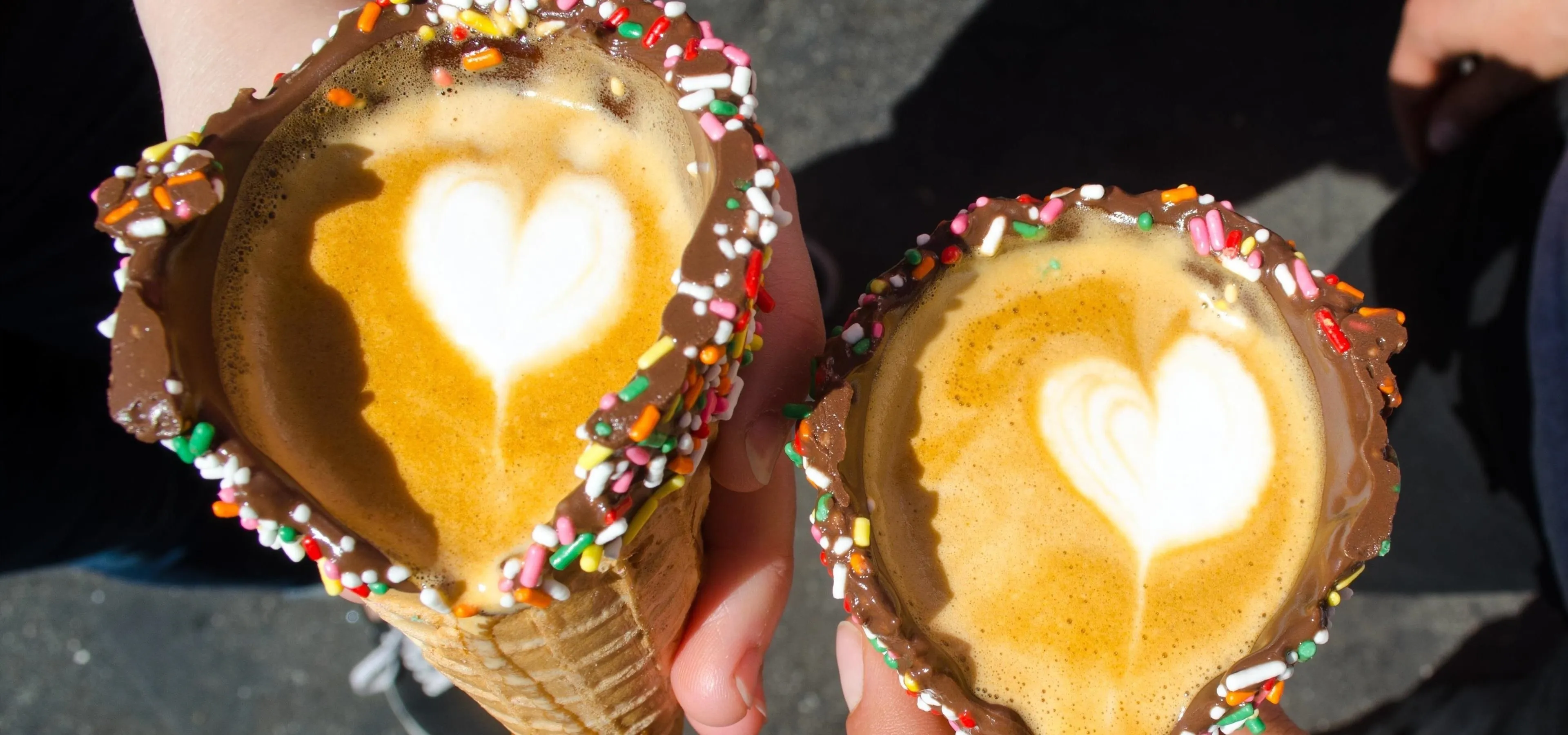



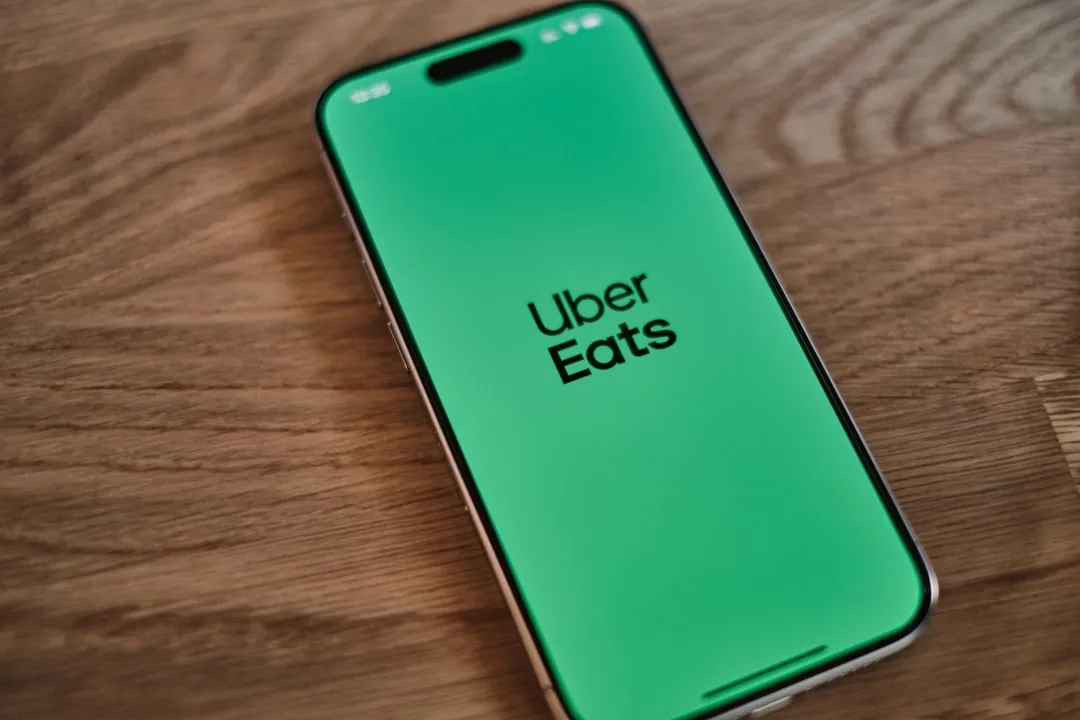
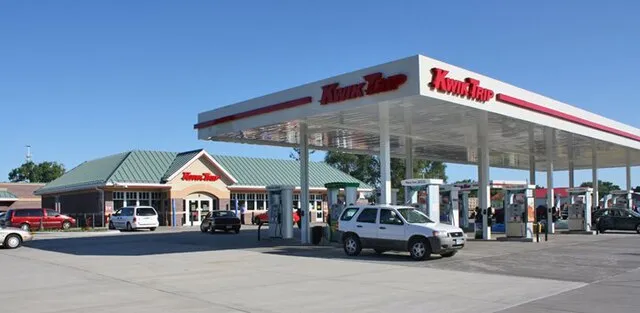
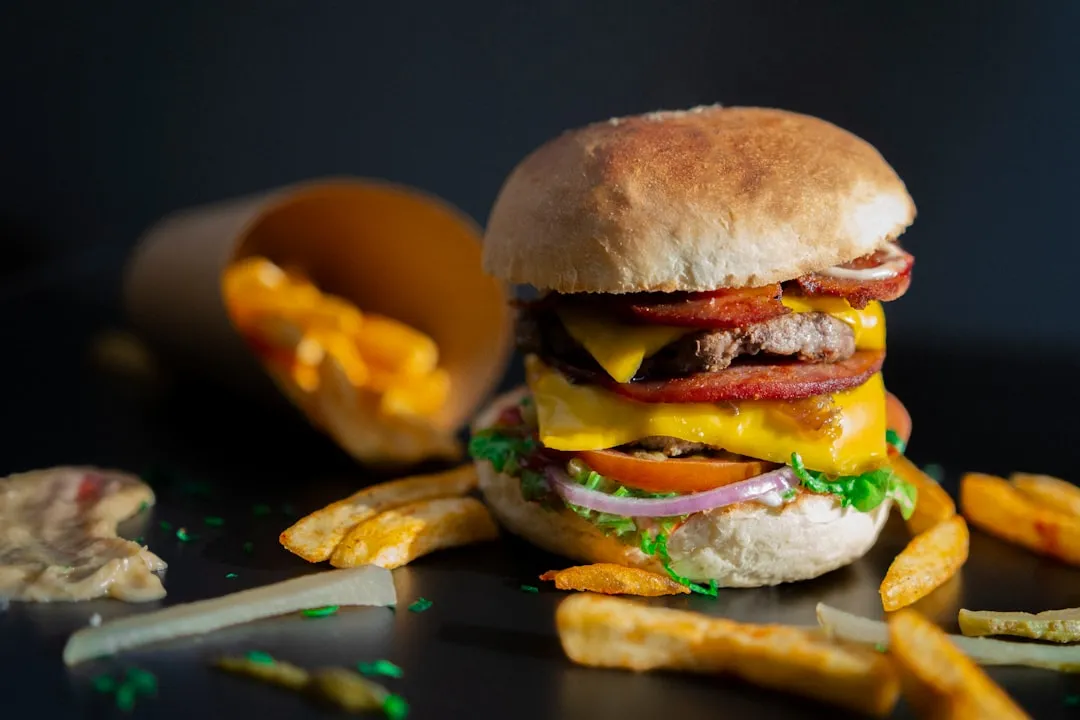


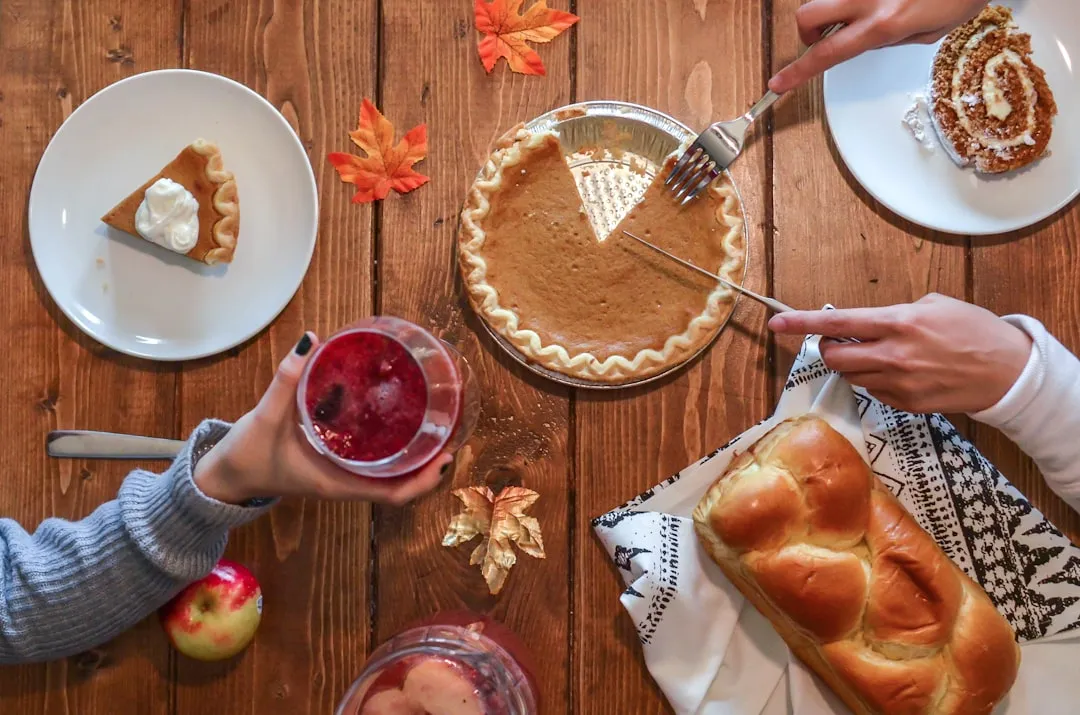

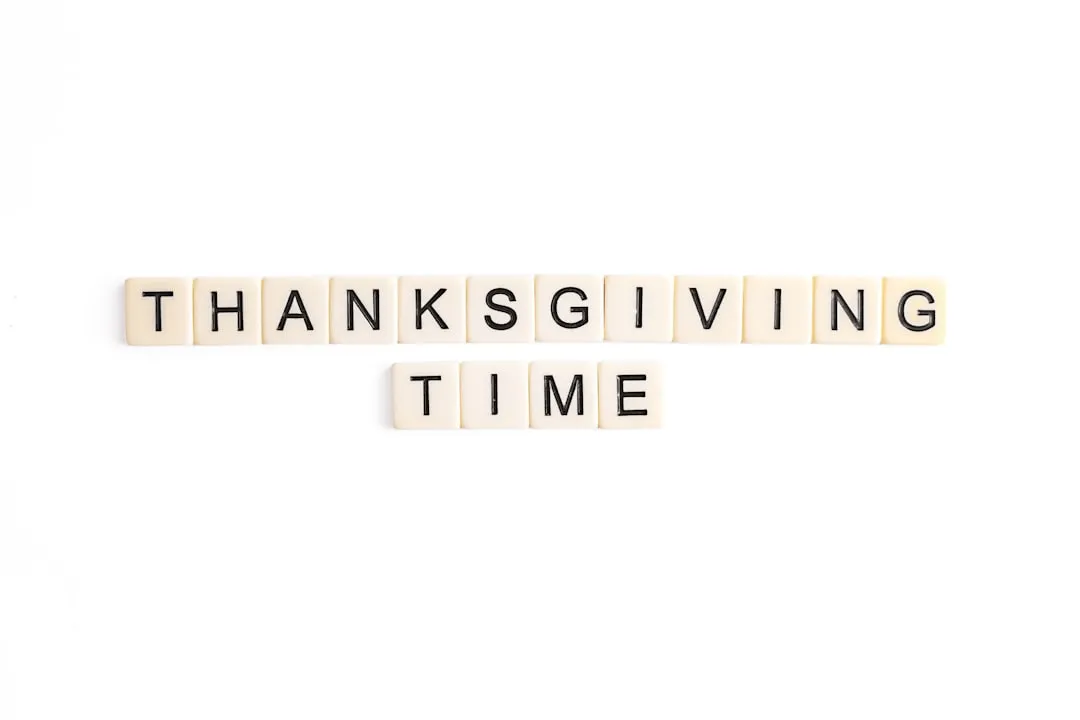


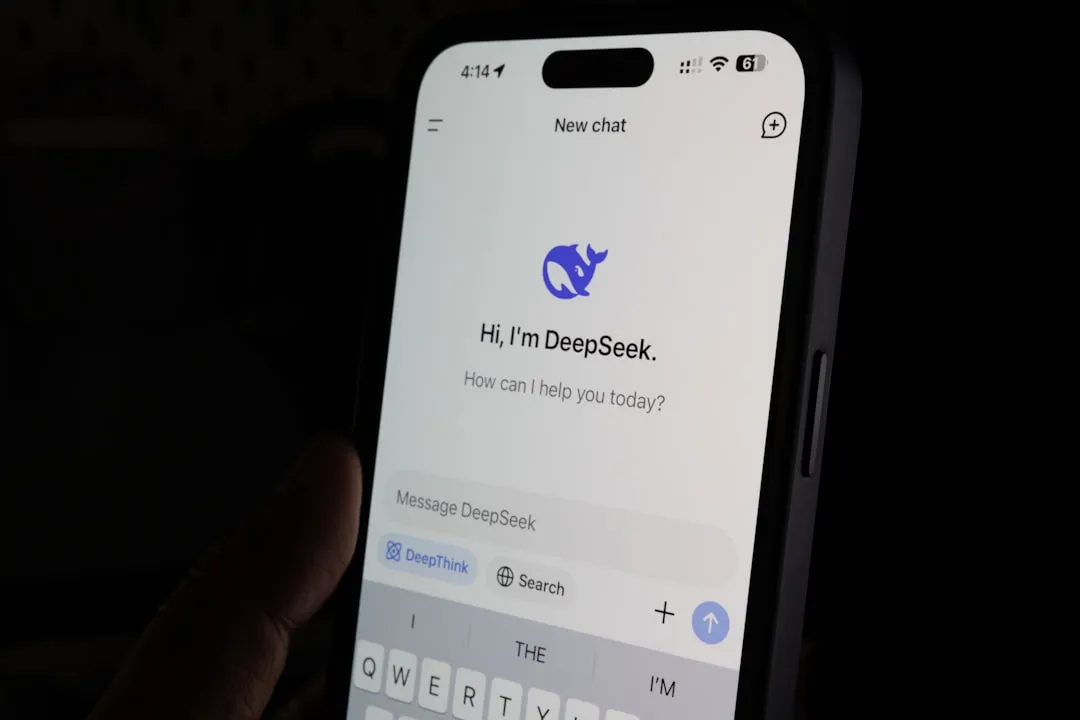
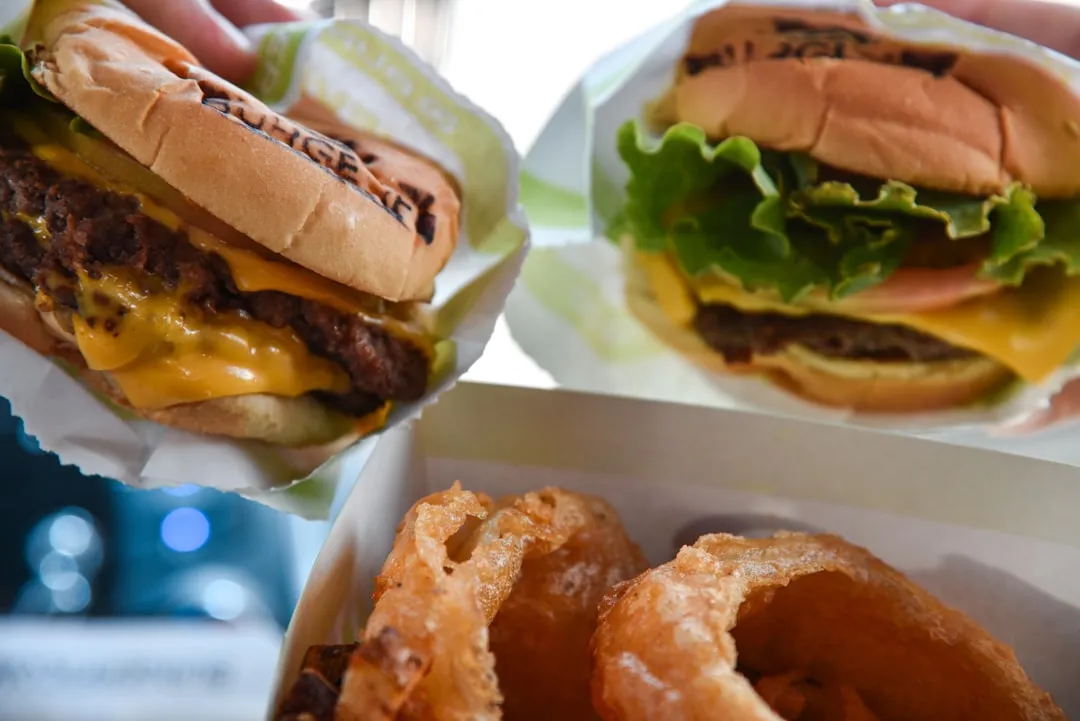




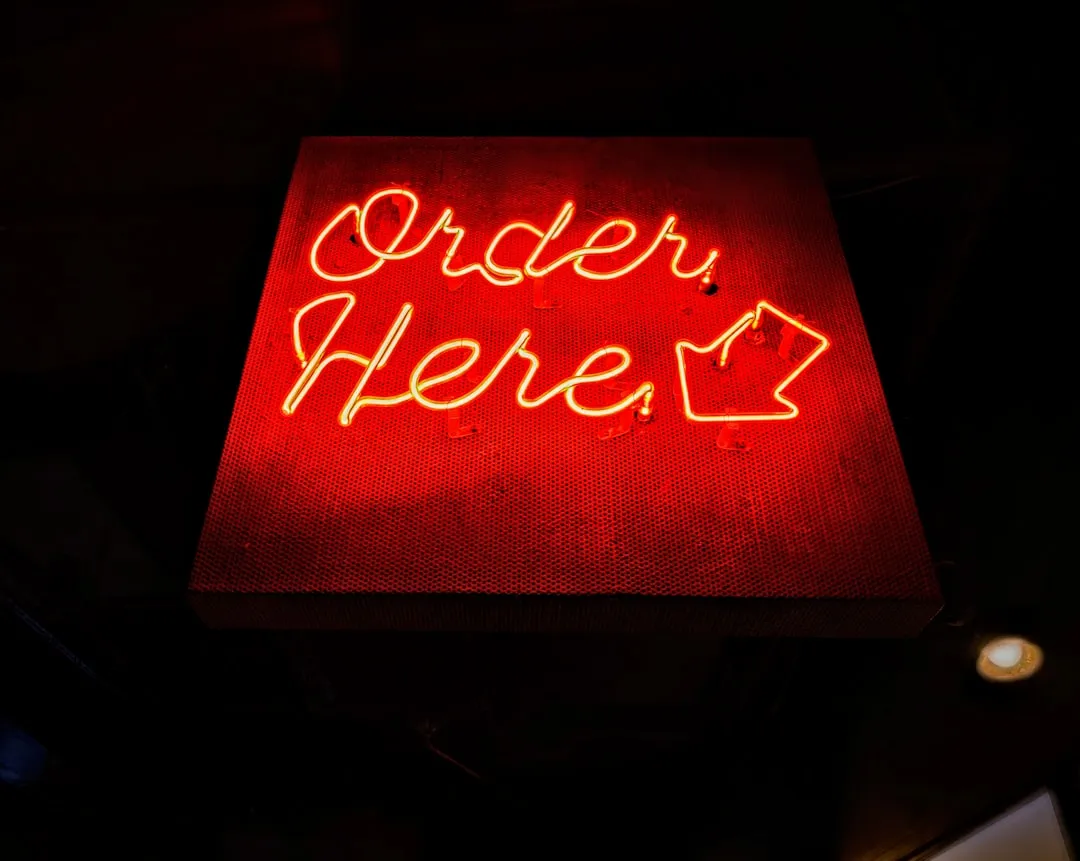

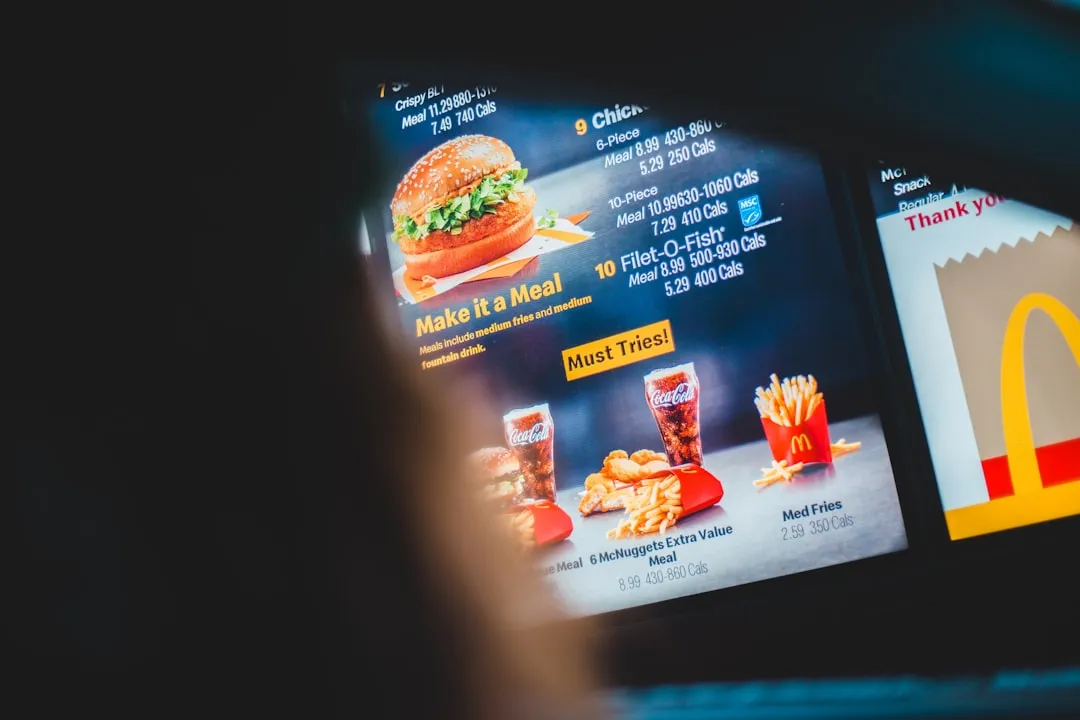

Comments
Be the first, drop a comment!